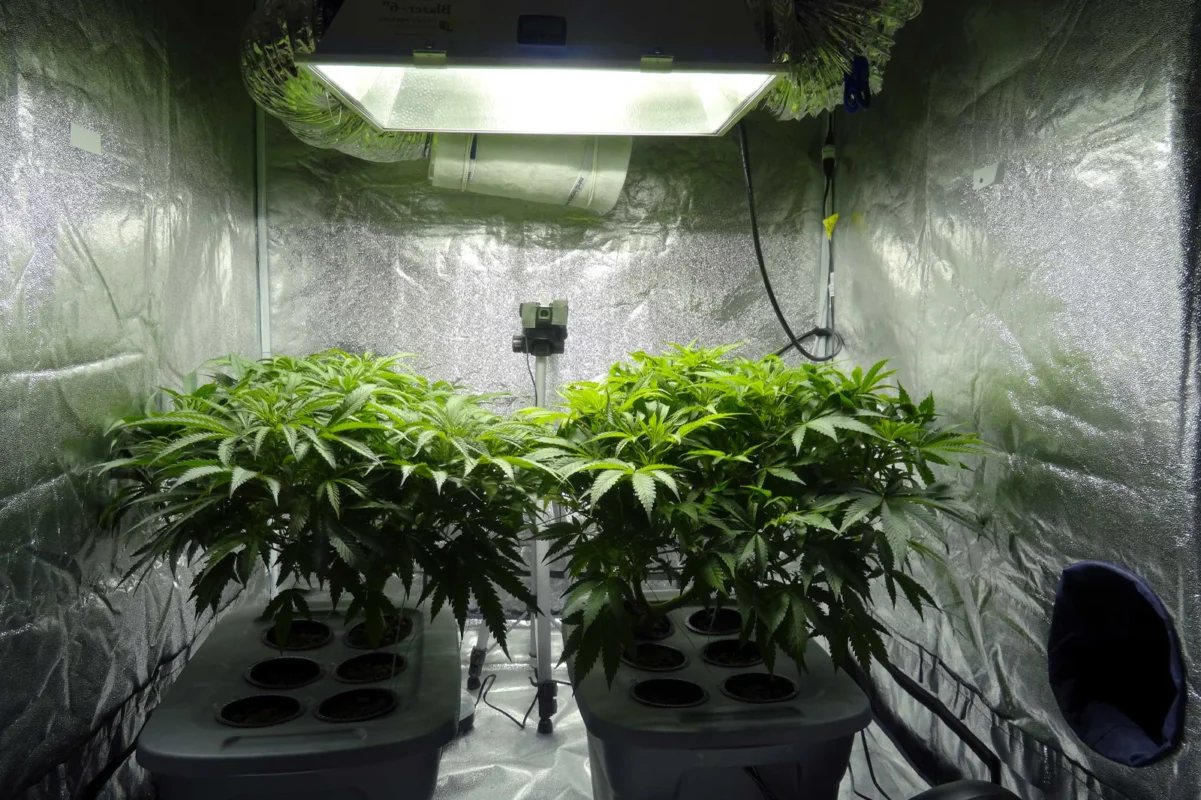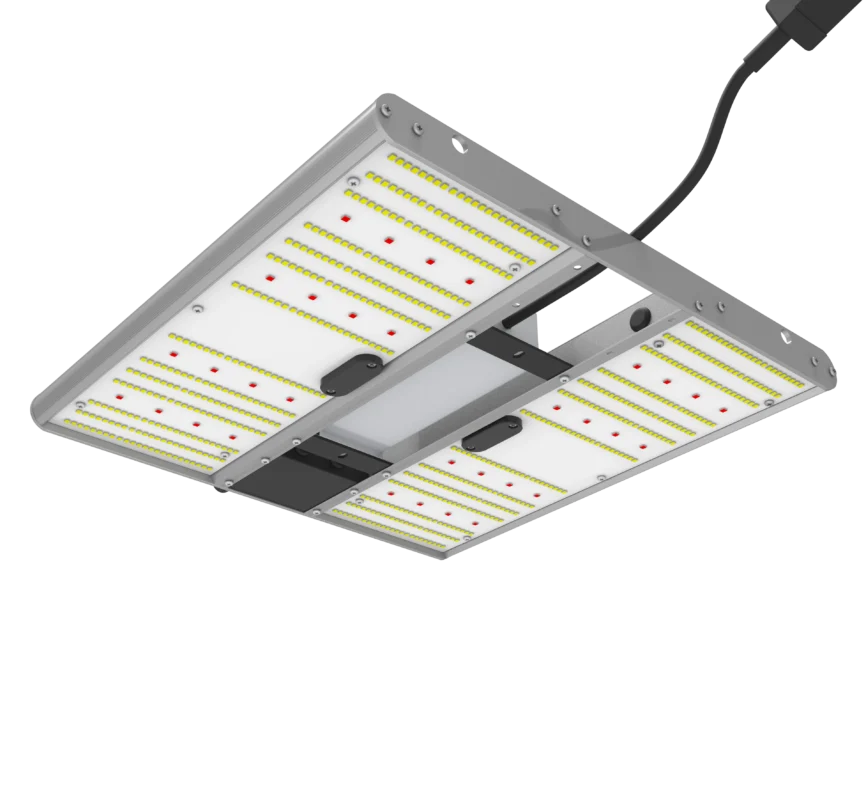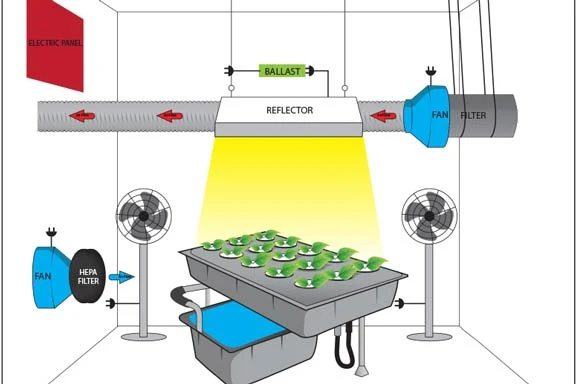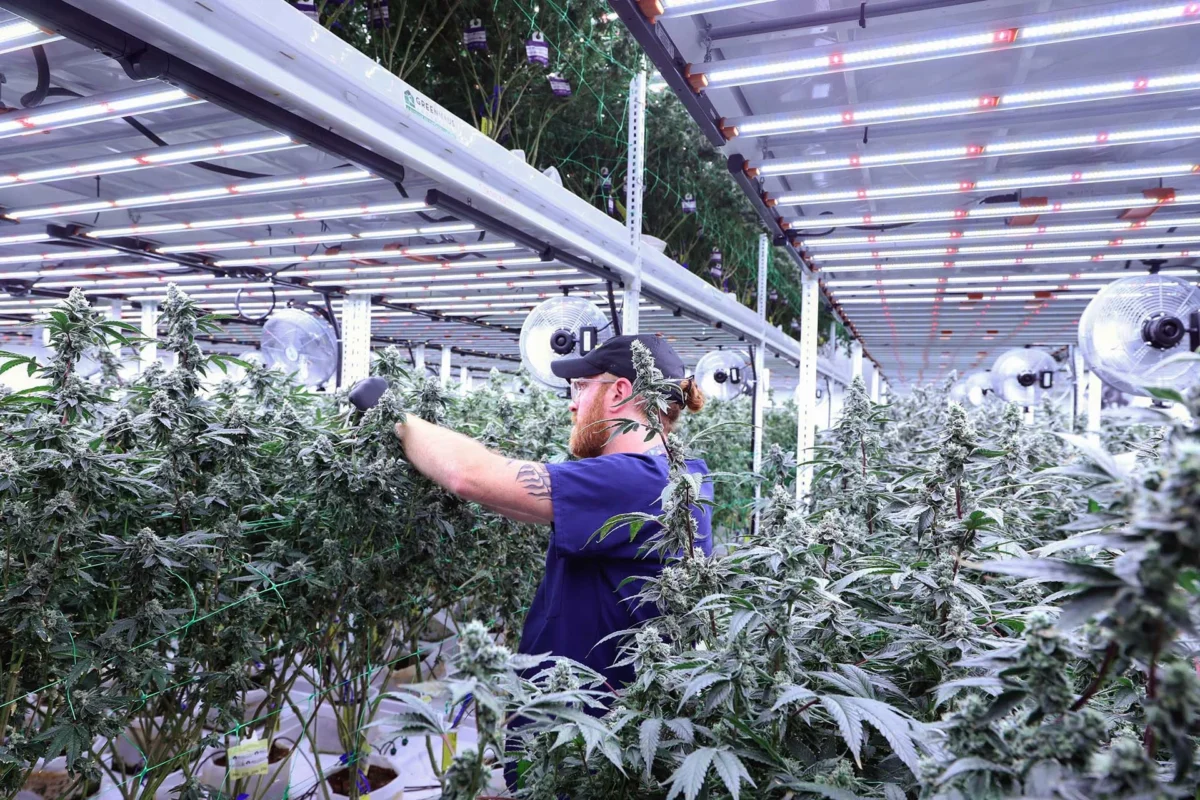Indoor Cultivation: Complete Guide to a Successful Adventure.
Discover the complete guide to indoor growing. Innovative techniques, practical tips, FAQs and picture suggestions for getting the most out of your indoor growing.
Indoor growing is becoming increasingly popular due to the ability to grow plants in controlled environments, regardless of outdoor weather conditions. This article will guide you step by step into the world of indoor growing, providing useful information, practical hints and tips for getting the most out of your indoor cultivation.
What is Indoor Cultivation?
Indoor growing is an agricultural technique that allows plants to be grown indoors, such as greenhouses, dedicated rooms or specially set up spaces in the home. This method makes it possible to control various environmental parameters, such as light, temperature, humidity and ventilation, ensuring optimal conditions for plant growth.
Definition and Context
Indoor growing encompasses several methodologies, including hydroponics, aeroponics, and traditional soil growing. This technique is particularly useful for those living in urban areas or environments where the outdoor climate is not conducive to growing certain plant species.
Image suggestions: Photographs of indoor environments well set up with plants, images of domestic greenhouses and indoor growing setups with hydroponic systems.
Advantages and Disadvantages
Advantages:
- Environmental control: Ability to adjust light, temperature and humidity to create the ideal environment for each type of plant.
- Year-round production: Regardless of the seasons, it is possible to grow plants indoors.
- Water saving: Techniques such as hydroponics allow optimized water use.
- Protection from the elements: Plants are protected from pests, diseases and adverse weather conditions.
Disadvantages:
- High initial cost: Setting up an indoor growing facility requires investment in equipment and technology.
- Energy consumption: The use of lamps and ventilation systems can lead to increased energy costs.
- Complex management: Requires constant monitoring and maintenance to ensure optimal conditions.
Preparation and Planning for Indoor Cultivation
Good planning is essential for successful indoor cultivation. It is important to choose the right space and invest in appropriate equipment.
Choice of Space
Selecting the space where to set up indoor growing is crucial. This can be an unused room, a garage or a home greenhouse.
Practical tip: Evaluate the size, accessibility and possibility of heat insulation. Make sure the space is easily modified to suit the needs of the plants.

Equipment Needed
To start indoor cultivation, some tools, equipment and seeds are needed:
- Growth lamps: LED or HPS (high sodium pressure) lamps are ideal for providing the right amount of light.
- Ventilation system: Air must circulate to prevent heat and moisture buildup.
- Irrigation system: Drip systems or hydroponic systems to ensure constant and precise irrigation.
- Monitoring instruments: Sensors to measure temperature, humidity and CO₂ levels.

Indoor Cultivation Techniques and Methods
There are several techniques for indoor cultivation, each with its own advantages and specific ways of application.
Hydroponic Cultivation
Hydroponics is a growing method that uses nutrient solutions instead of soil.
Advantages:
- Water saving through closed systems and recirculation.
- Increased speed of plant growth.
- Ability to precisely control nutrient dosing.
Disadvantages:
- It requires careful management to avoid nutrient imbalances.
- High initial cost for plant and materials.
Aeroponic Cultivation
Aeroponics involves growing plants suspended in the air, with the roots sprayed regularly with a nutrient mist.
Advantages:
- Very efficient use of water resources.
- Promotion of rapid growth by constant root oxygenation.
- Reduced risk of soil-related diseases.
Disadvantages:
- Increased technical complexity and need for continuous monitoring.
- Increased vulnerability to power problems if the system breaks down.
Traditional Ground Cultivation
Despite innovative techniques, traditional in-ground cultivation remains a viable option, especially for novice growers.
Advantages:
- Simplicity and familiarity for many growers.
- Lower initial investment than hydroponic or aeroponic systems.
Disadvantages:
- Increased need for maintenance to keep the soil in optimal condition.
- Risk of soil-related pests and diseases.
Step-by-Step Practical Guide
This section offers a detailed guide for those who want to start growing indoors, with practical directions for each stage.
Space Design and Outfitting Phase
- Space assessment: Measure the size of the room and assess the exposure to natural light.
- Thermal insulation: Make sure the space can be insulated to maintain constant temperatures.
- Plant installation: Prepare the layout for lamps, ventilation and irrigation systems.

Plant Selection and Growth Cycle Planning.
The choice of plants to grow depends on available space, environmental conditions, and personal preferences.
Key steps:
- Preliminary research: Find out about the specific needs of each plant.
- Cycle planning: Divide the growth cycle into stages: germination, vegetative growth, flowering and harvest.
- Crop rotation: To keep the soil or hydroponic system in optimal condition, alternate crops.
Lighting, Ventilation and Irrigation Management
Proper management of light, air and water is essential:
- Lighting: Adjust the intensity and light cycle according to the needs of the plants. Modern LED lamps allow you to adjust spectrum and duration.
- Ventilation: Install a ventilation system to ensure continuous air exchange, preventing mold and heat buildup.
- Irrigation: Uses automated irrigation systems that can be programmed to release water and nutrients in precise amounts.
Monitoring and Maintenance
Constant monitoring is critical to success:
- Environmental sensors: Install instruments that monitor temperature, humidity, and CO₂ levels.
- Data recording: Keep a diary of environmental conditions and watering cycles to identify any problems.
- Early Interventions: In case of abnormalities, take action immediately to avoid plant damage.
Practical Tips and Tricks for Success
Indoor growing requires attention and care. Here are some practical tips to improve the yield of your crops.
How to Solve Common Problems
Problem: Occurrence of mold or fungus.
Solution: Improve ventilation and reduce humidity. Clean the growing area regularly and use natural antifungal products.
Problem: Nutritional deficiencies.
Solution: Check the quality of the substrate and the composition of the nutrient solution. Adjust doses according to the growth stage of the plants.
Picture tips: Infographics showing common causes of problems and step-by-step solutions, pictures of monitoring tools.
Tips for Maximizing Yield
- Light optimization: Adjusts lighting intensity and duration according to growth stages.
- pH control: Keep the pH of the water and substrate in an optimal range for the chosen plant.
- Targeted nutrients: Use specific fertilizers for each stage of the growing and flowering cycle.
- Crop rotation: Alternates crops to prevent nutrient depletion in the soil or hydroponic system.
Importance of the Controlled Environment
A controlled environment enables:
- Reduce plant stress: Consistent conditions promote uniform growth.
- Preventing infestations: A monitored environment enables rapid detection and action against pests.
- Maximizing productivity: With total control over light, moisture and nutrients, plants reach their full potential.

FAQ on Indoor Cultivation
Below you will find some of the most frequently asked questions about indoor growing:
Q: What is the initial cost of setting up an indoor cultivation?
A: The cost varies depending on the size of the space and the technology adopted. Basic installations can start from a few hundred euros to more significant investments for advanced systems.
Q: What are the best plants to grow indoors?
A: Aromatic plants such as basil, mint and parsley are ideal for beginners. But so is cannabis if you live in a state where it is allowed. Fruit plants and leafy greens can also be grown successfully if you adopt the right techniques.
Q: How can I improve the yield of my indoor cultivation?
A: Following proper management of light, water and nutrients is critical. The use of sensors to monitor the environment and early intervention in case of problems helps maximize productivity.
Q: Is it possible to grow plants in hydroponics if I am a novice?
A: Yes, but it is advisable to start with traditional methods to gain experience and move to hydroponics once the fundamentals of indoor growing are understood.
Conclusions and Useful Resources
Indoor growing represents an extraordinary opportunity for those who wish to grow plants in controlled environments, overcoming the limitations imposed by climate and space. With careful planning, selection of the right equipment and constant monitoring, amazing results and high-quality production can be achieved.
In conclusion, here are some final tips:
- Plan carefully: Planning and organization are the keys to success.
- Invest in technology: Monitoring tools and automated systems can make all the difference.
- Keep up to date: Follow blogs, forums and online resources to stay informed about the latest techniques and best practices.
Useful Resources:
- Books and manuals: Search for specialized publications on indoor and hydroponic growing.
- Online forums and communities: Join enthusiast groups and exchange tips and experiences.
- Video tutorials: There are numerous YouTube channels dedicated to practical guides and live demonstrations.
Summary of Key Points
- What is indoor growing: A versatile method of growing plants indoors, offering complete control over light, temperature and humidity.
- Preparation and equipment: The choice of space and investment in equipment such as lamps, ventilation and irrigation systems are crucial.
- Cultivation techniques: Different approaches such as hydroponics, aeroponics and traditional soil cultivation offer various advantages and require different skills.
- Practical Guide: From planning to setting up, from plant selection to ongoing monitoring, each step is essential for success.
- Practical tips: Solving common problems, maximizing yield and maintaining a controlled environment are key factors in achieving successful cultivation.
- FAQ: Answers to frequently asked questions to help you overcome initial challenges and continuously improve your setup.
Indoor growing is not just a trend, but a real opportunity for anyone who wants to explore modern, sustainable agriculture, creating green spaces even in the most urbanized areas.
Practical Tips for Getting Started Today
If you are new to the world of indoor growing, here are some final steps to help you get off on the right foot:
- Make a detailed plan: Write down your goals, the resources available to you, and the plants you wish to grow.
- Invest in basic equipment: A good LED lamp, ventilation system, and monitoring tools are essential.
- Start small: Try growing a few varieties to gain experience, then expand the setup as you gain confidence.
- Document the process: Keep a logbook to record environmental changes, growth stages and any difficulties you encounter. This will help you improve your techniques and adapt your strategies.
- Participate in online communities: Exchange ideas and advice with other enthusiasts, participate in forums and social groups dedicated to indoor growing.
Conclusion
Indoor growing is a fascinating practice that offers many advantages for those who wish to have full control over their crops. With the right environment, careful planning and the adoption of the right techniques, you can turn even a small space into a thriving urban garden. By following the tips and guidelines presented in this article, you will be able to meet the challenges of indoor growing and enjoy its benefits, both in terms of productivity and personal satisfaction.
With this comprehensive guide, you are ready to embark on your adventure in the world of indoor growing. Happy growing and may your green space flourish in every season!
This guide is designed to be a reference tool for anyone who wants to learn more about growing marjuana indoors. For more information, insights, and updates on innovative techniques, feel free to consult specialized resources and engage with the community of enthusiasts.
